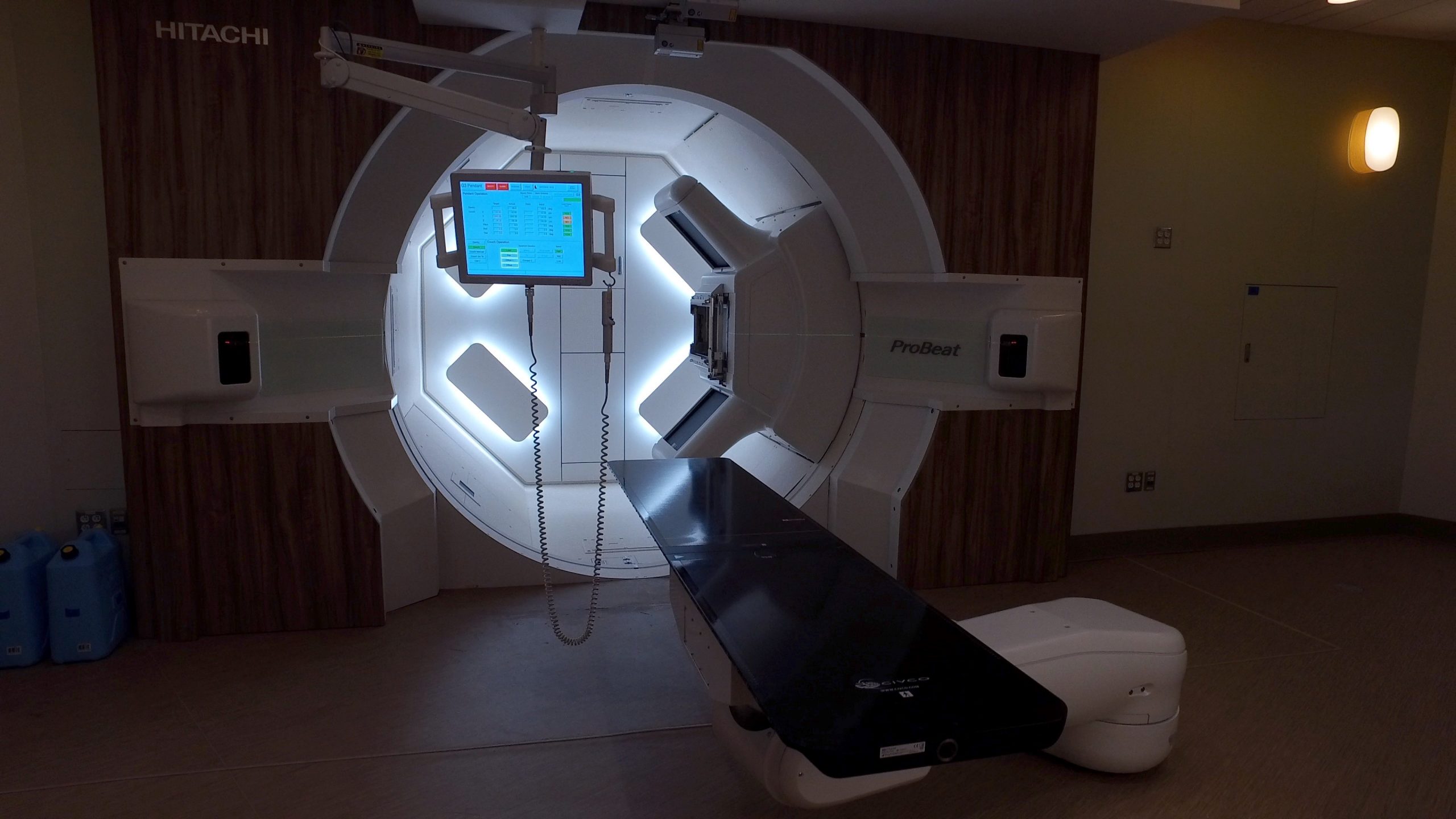When it comes to radiation therapy for cancer, the more precise the application, the better. The state-of-the-art proton therapy machine at Johns Hopkins Proton Therapy Center at Sibley Memorial Hospital destroys cancerous cells while deftly avoiding healthy tissue.
Dr. Akila Viswanathan, director of Johns Hopkins’ Department of Radiation Oncology and Molecular Radiation Sciences, answers five common questions that reflect how the center is a game-changer for cancer patients of all ages.
How does proton therapy work?
Protons are positively charged particles created by stripping hydrogen atoms of their electrons. A machine called a synchrotron accelerates the protons to two-thirds the speed of light, and magnets direct the protons into a beam. The machine delivers the beam to the patient’s body, where the protons damage the DNA of the cancer cells. The radiation levels are sharply targeted within the beam, which allows physicians to position the highest dose on the tumor, not on normal tissues.
Who can benefit from proton therapy?
Children often sustain lasting side effects from cancer treatment. They can really benefit from proton therapy because it minimizes those effects by limiting radiation exposure for healthy tissue. In adults, proton therapy allows us to treat tumors that are next to critical organs. For example, a breast cancer might be next to the heart, or an esophageal cancer next to the lungs. Precision treatment helps us protect these delicate organs even while destroying cancer cells. Patients who have received radiation in the past may be candidates for radiation again with proton therapy.
What makes Johns Hopkins’ proton therapy center special?
Our center allows us to treat people in ways that most other proton centers are not yet able to do. The newest technology uses a precise beam — with fast, 360-degree coverage — that targets tumors layer by layer. Many centers throughout the world use older technology that scatters the beam and does not spare healthy tissue.
What are the advantages of the center’s location?
By virtue of the center’s location in Washington, D.C., we have the advantage of strong relationships with many embassies. We work together with embassy leaders to connect patients from other countries with their best care options.
How will the center move cancer care forward?
Johns Hopkins’ doctors, world renowned in both cancer care and research, are applying their expertise to advancing proton therapy. Now that we’re able to merge proton therapy with our clinical trials in immunotherapy and other treatments, we’ll be able to provide unmatched treatments for our patients.
